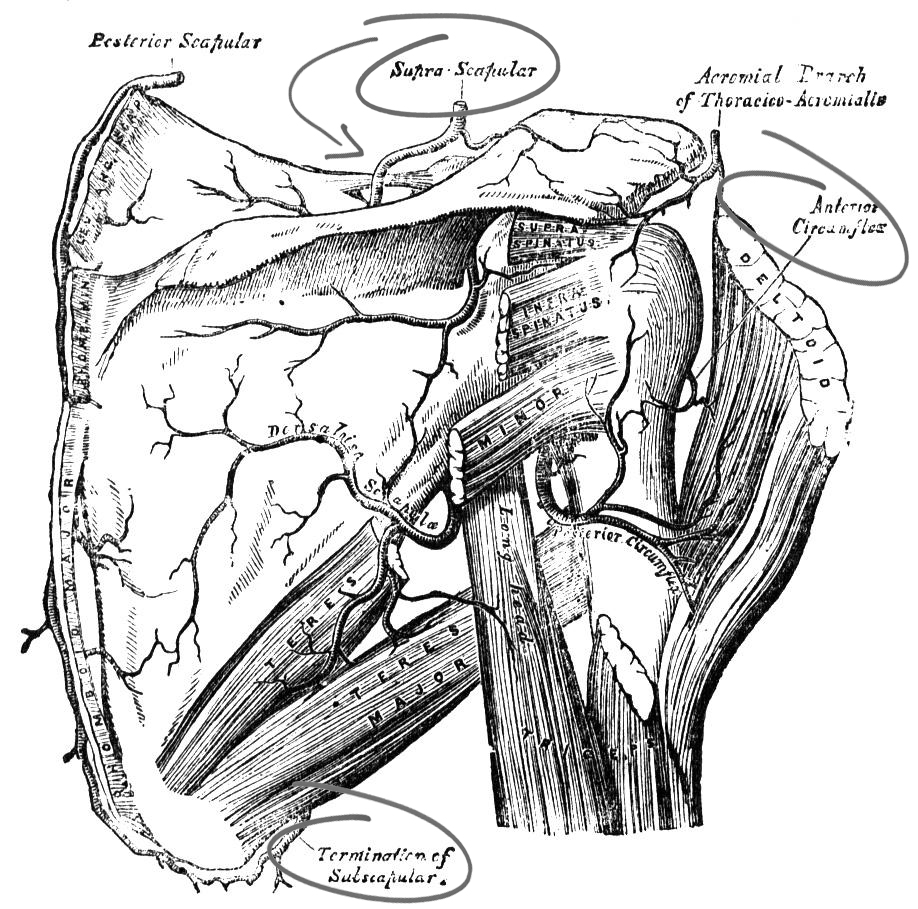(Watch Video First. Turn Captions (CC) On)
“What in the world are you talking about?” I get asked when I point out that we should consider the deep layers whenever we prescribe exercise. Confusion ensues when I inform that I’m not referring to the smaller or unusual muscles (like the pyramidalis) but rather, the deep fascia of the multiple systems of our bodies under the influence of protective reflex arcs.

That’s what makes those deeper layers so influential in the success or failure of the selected exercise. Whenever the deep fascia senses that its integrity is being compromised—a mechanism beyond our conscious control—it fires a protective reflex arc, which causes a protective contraction of all surrounding tissues, including muscles. As long as those muscles remain under the influence of those deeper layers, they will contract defensively and their mechanics will be compromised. If your attention is only on muscular mechanics, you’re missing a substantial and critical segment.
To illustrate this better, let’s return to our shoulder case.
It is likely that the first course of action in our shoulder rehab program will target the rotator cuff group or the deltoids. Sounds like a great approach, until we start digging deeper by asking:
“What else is there?”
“The scapular muscles,” most will say, bringing attention to the teres major, rhomboids, and the trapezius. Some will venture into more orthodox territory and mention the serratus anterior, the serratus posterior (both inferior and superior), the latissimus, pectorals, and even the levator scapulae.
True! But what else?
Blank stares are followed by shy mentions of the AC (acromioclavicular) joint and the labrum. Now we are getting a little deeper.
But what else?
Silence ensues. Only a handful think of the deeper layers, even fewer know what those deep layers are.
For simplicity purposes, we’ll relegate the deeper layers of the shoulder joint to only the arterial system fascia—or tunica adventitia.

Consider the thoracoacromial trunk, which can create pain on the AC joint itself. Or the deltoid or pectoral branches of said artery, which could create symptoms that feel like labrum damage. Or the Dorsal Scapular artery, which could tighten the levator scapulae, and thus, your neck. And without going into specific detail, I could also mention how the internal thoracic, subclavian, axillary, common carotid, and even the bronchial arteries, have a powerful effect on shoulder joint mechanics. And that’s only a small sample of all shoulder joint arteries.
Now, who considers reflex arcs in tunica adventitia of the aforementioned structures when addressing weakness or dysfunctions in the shoulder joint?
And we have only mentioned the arteries! Veins are just as powerful, but the treatment of their fascia is different. Then there’s also the nervous system fascia and its many divisions, each of which requires its specific treatment and sequencing. Finally, let’s not forget the pulmonary ligaments (among other visceral ligaments) or the integumentary ligaments.
And why should we care for those fascial structures—or deeper layers—since we only want to strengthen the shoulder muscles? Because the aforementioned structures run inside, outside, around, and over the shoulder joint! That means that whatever shoulder exercise we select, it will not only affect the shoulder muscles, it will also affect the rest of the structures in the joint; and if any of those structures is harboring reflex arcs, the exercise may end up irritating the shoulder.

Frustrating—I know. It is this frustration what brought me to the world of manual therapy. When exercises that helped some made others feel worse, manual therapy came to the rescue. As I immersed in the world of Counterstrain, I learned a profound respect and appreciation of those much neglected deeper layers.
This is the point where having manual therapy skills will make all the difference and allow you to engage in exercise more productively, thus enhancing the healing. If you don’t have those skills, it will serve you immensely to develop them, or work in cooperation with an experienced therapist.
I feel fortunate to be surrounded by highly qualified exercise professionals who both understand and embrace the power of Counterstrain. Together, we ensure that the exercise advice the patient receives is both relevant and conducive to long term health and healing.
If you feel your exercise program could benefit from the power of Counterstrain, I’m more than happy to work with you.
Until next time, may you enjoy a fit and pain-free life!
